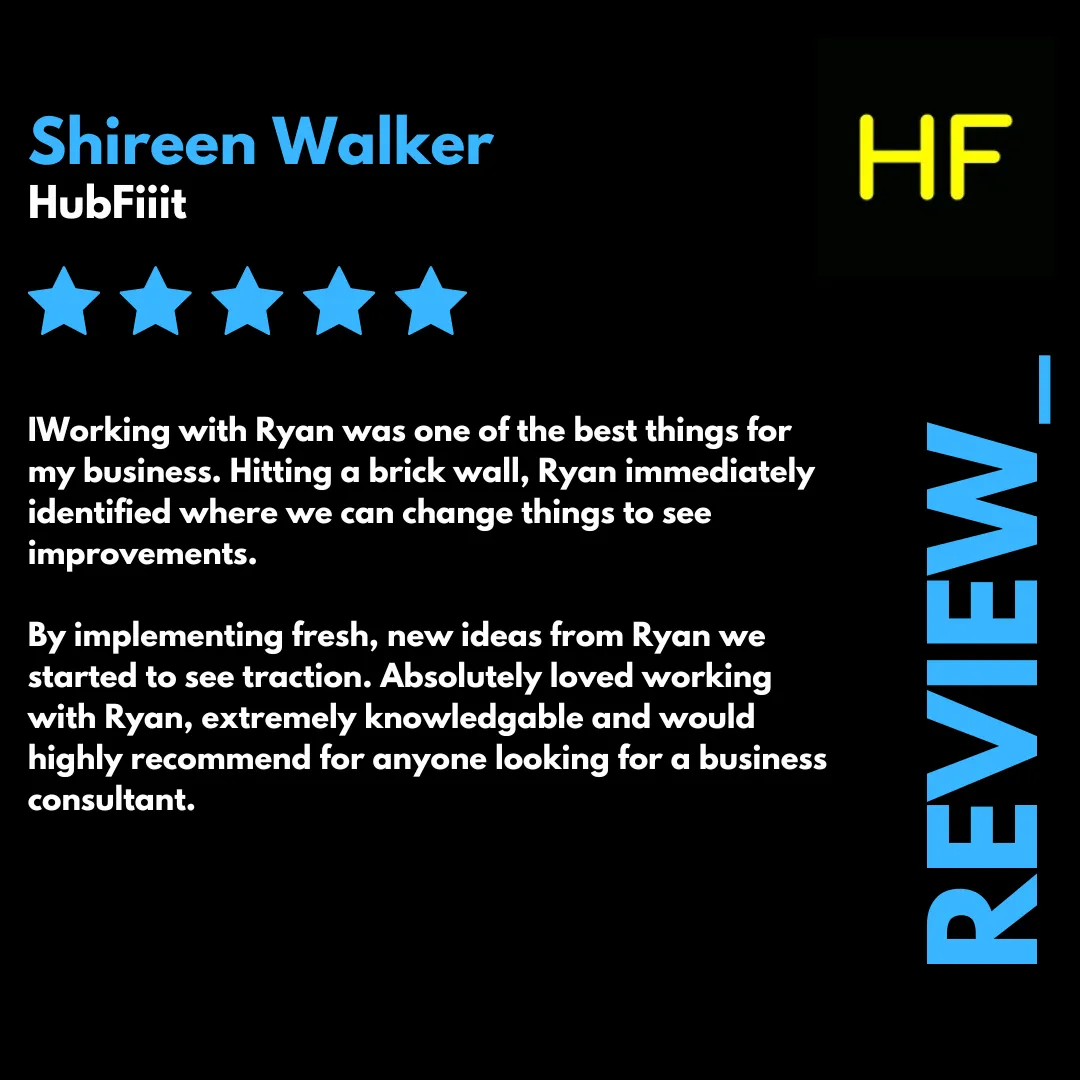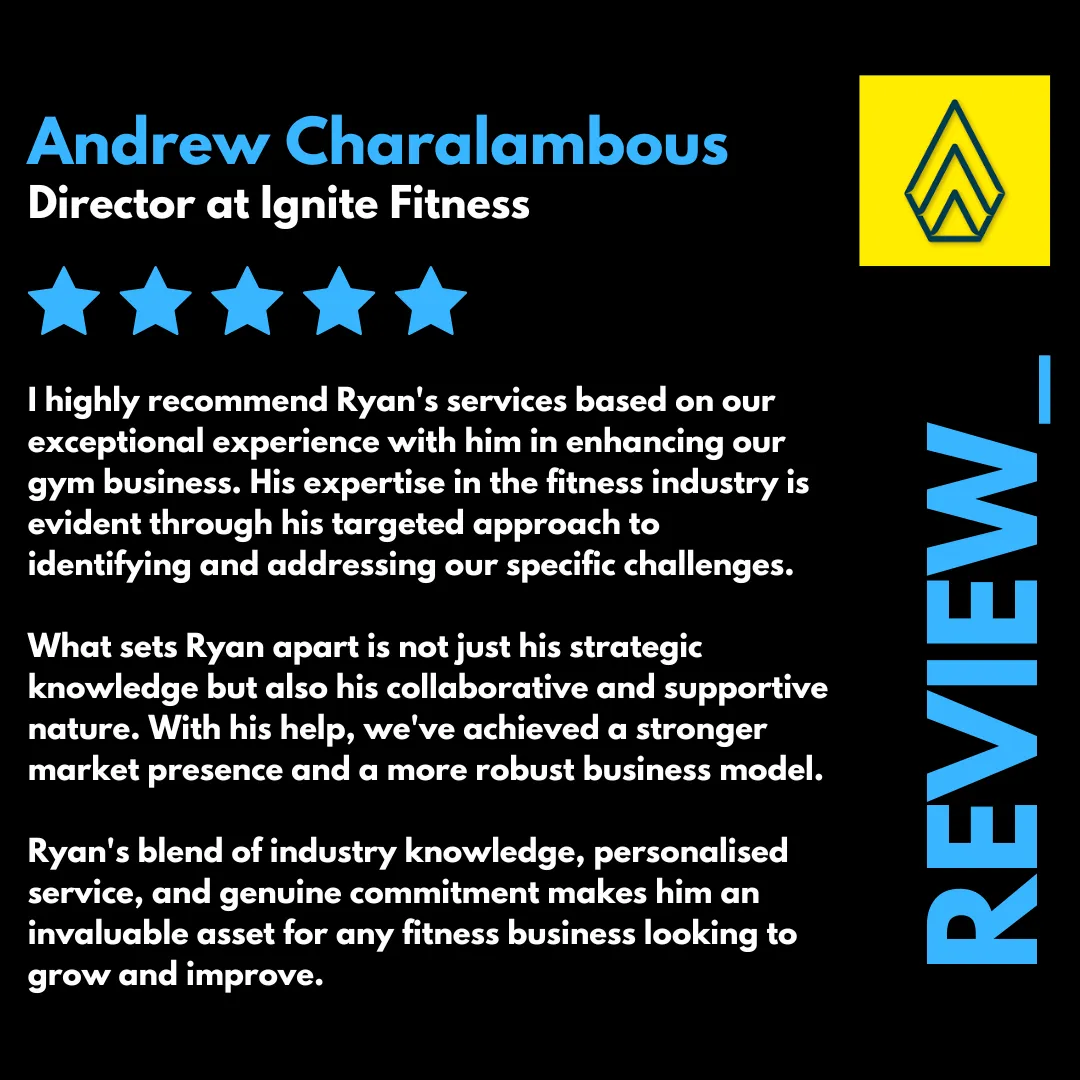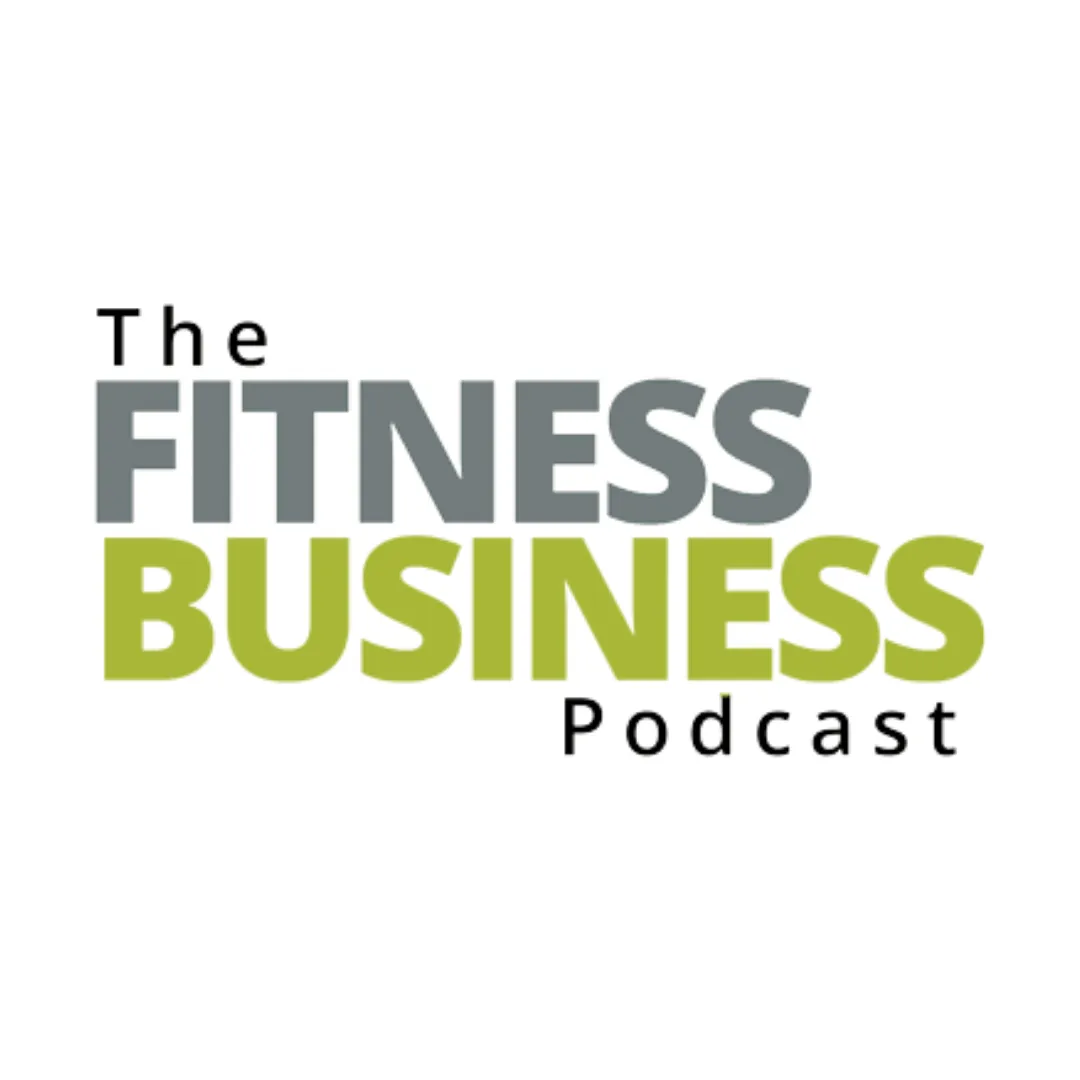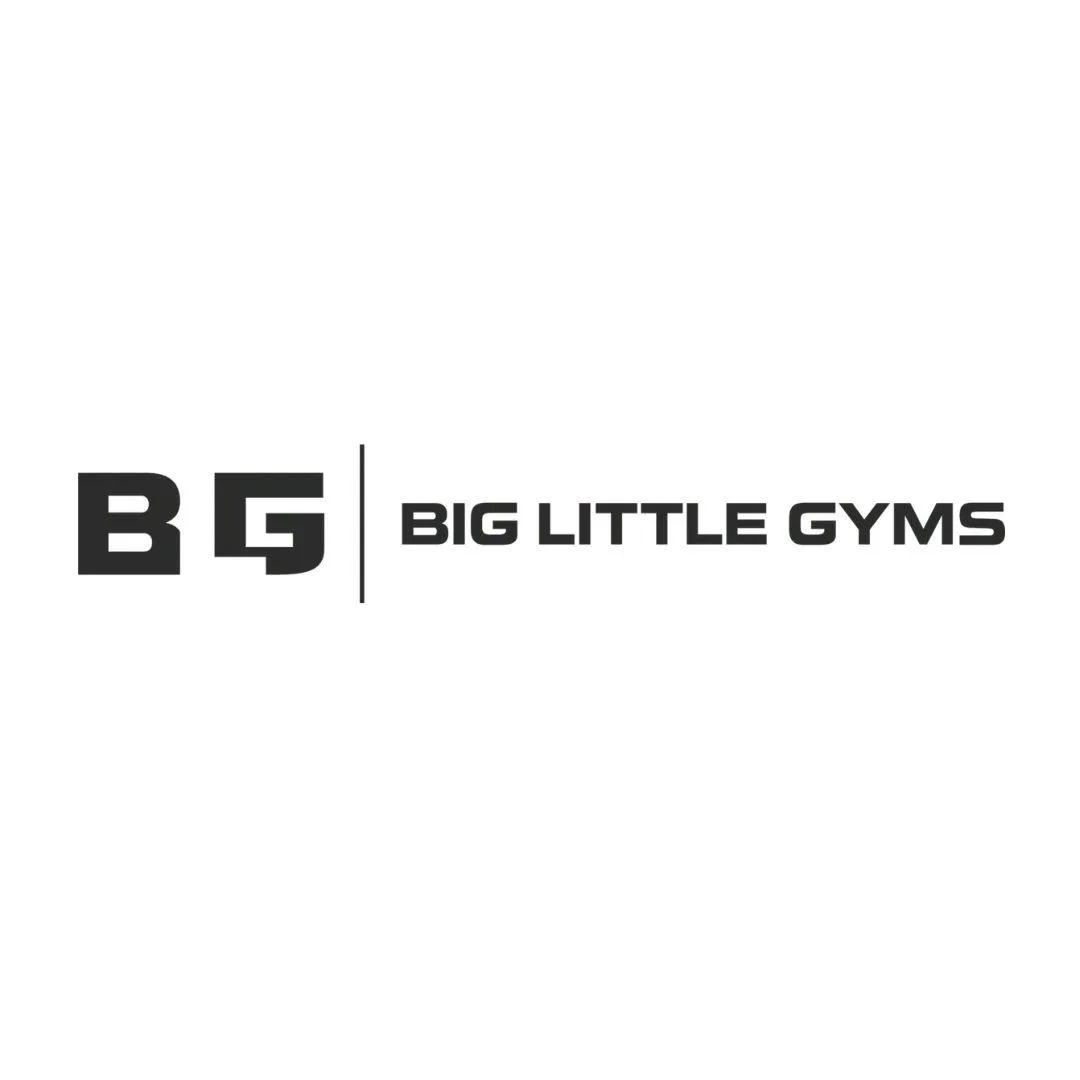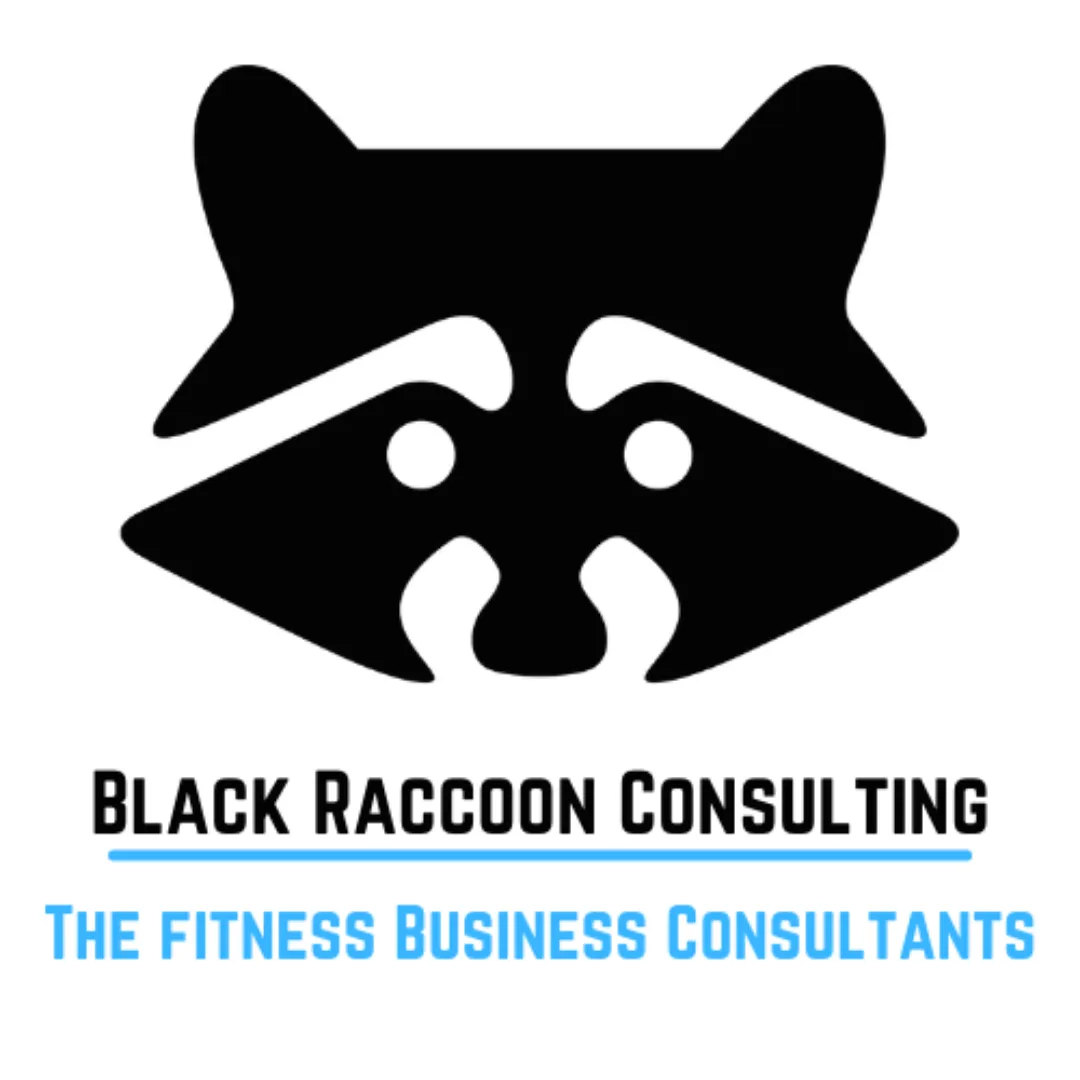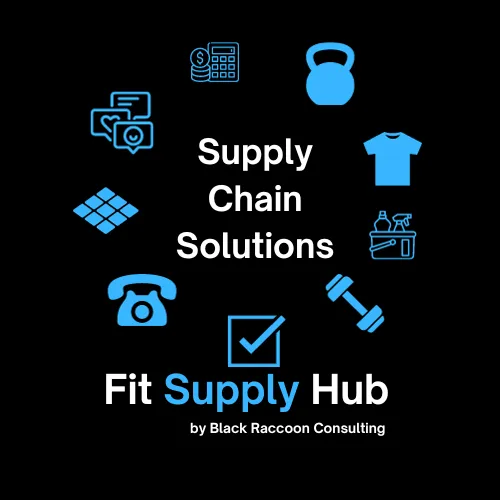
Blogs, News, Links & Podcasts
Read our latest newsletter and blogs and see links to industry information, blogs and Podcasts
Our Free Download Catelogue
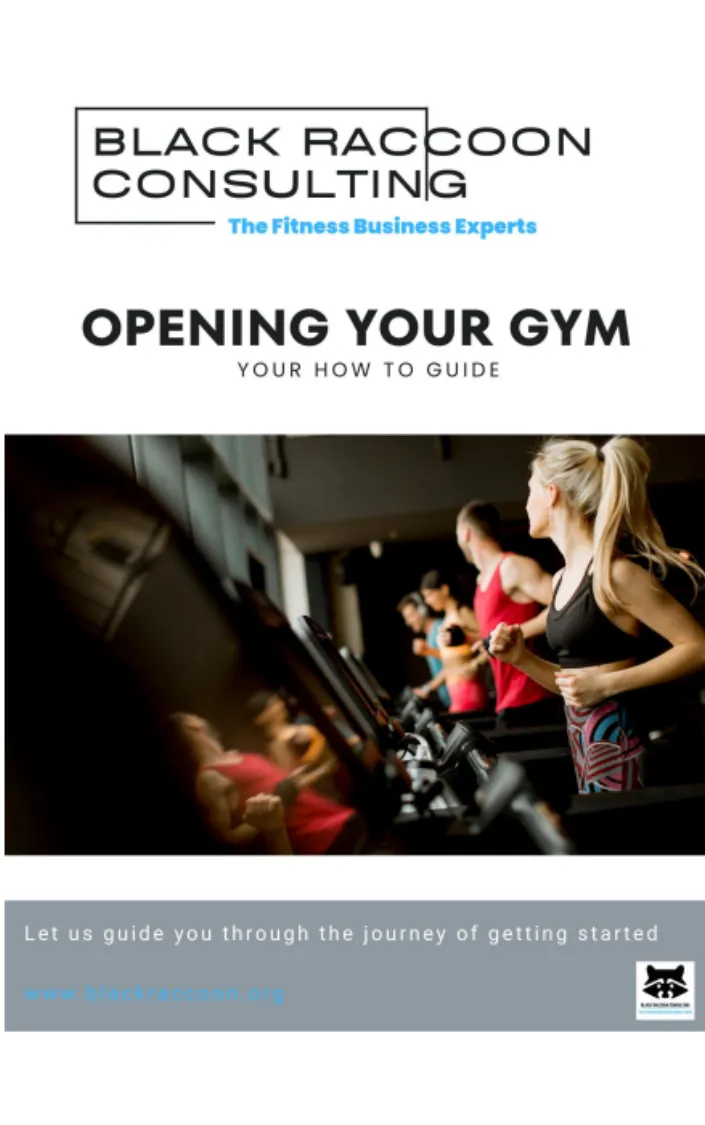
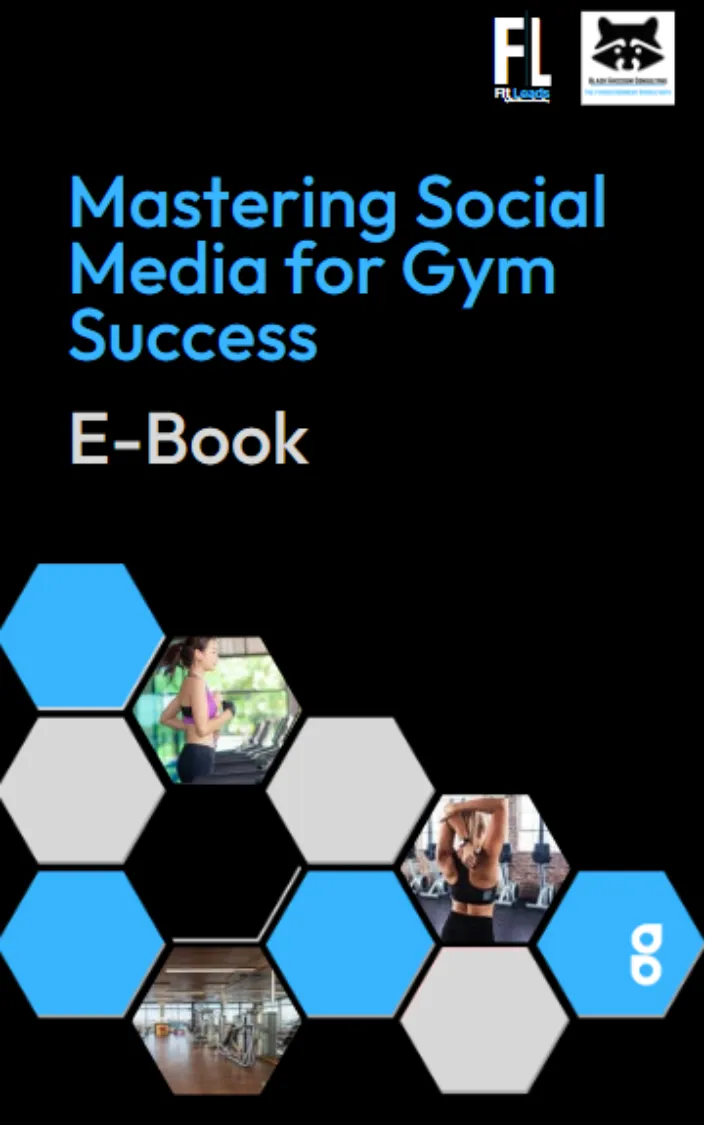

Read our Blog Articles.
Read our thoughts on a range of topics from how best to run your facility to industry updates and developments
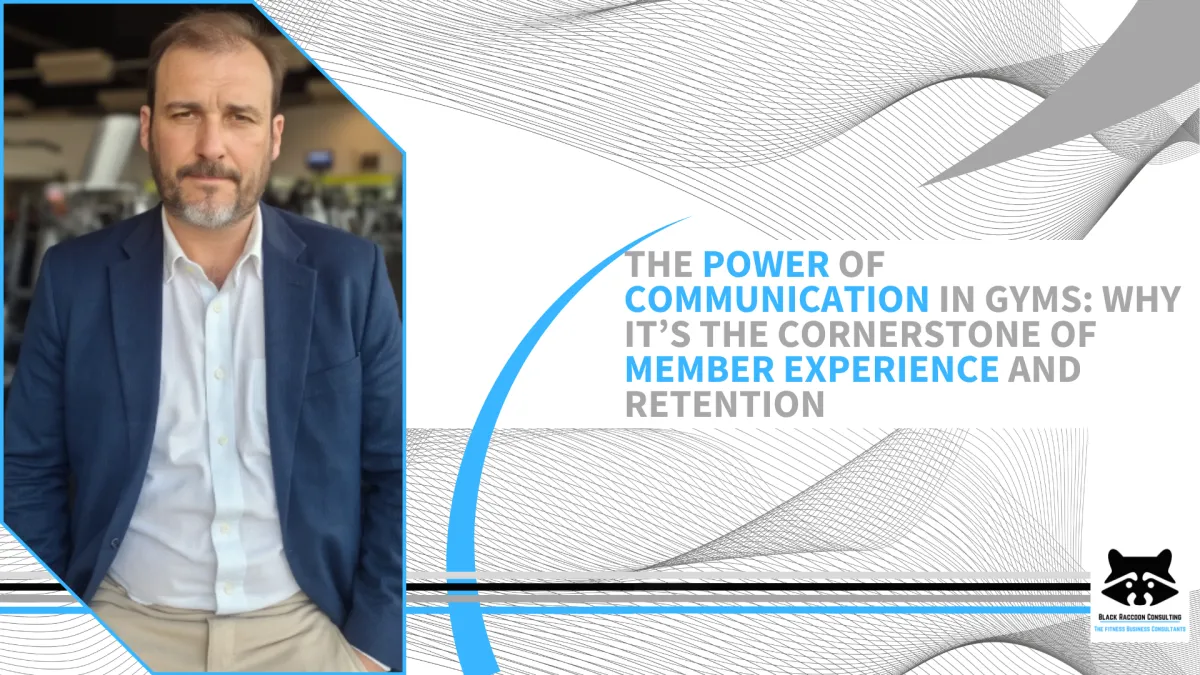
The Power of Communication in Gyms: Why It’s the Cornerstone of Member Experience and Retention
The Power of Communication in Gyms: Why It’s the Cornerstone of Member Experience and Retention
Walk into any successful gym and you’ll likely feel it before you see it — a sense of connection. Members are greeted by name. Staff make eye contact and genuinely engage. Communications feel timely, personal, and relevant. This is no accident; it’s the result of a culture built on intentional, powerful communication.
In an industry where competition is fierce and customer expectations are rising, the way we speak to our members — and just as importantly, how we listen — has never been more vital. Communication, in all its forms, is what builds trust, drives action, and creates loyalty.
Communication Is More Than Words — It’s an Experience
At its core, communication in a gym is about creating meaningful connections between the club and its members. This happens through:
In-person conversations at reception or on the gym floor
Phone calls to follow up on leads, missed sessions, or cancellations
Automated emails and SMS messages reminding members of bookings, encouraging attendance, or promoting new offers
Social media interactions, comments, and DMs
WhatsApp messages for quick replies or personal check-ins
Digital prompts like welcome screens, in-app messages, or post-visit surveys
Each of these touchpoints, if used well, becomes an opportunity to deepen the member relationship — or, if mishandled, a missed moment that pushes people away.
Why Communication Matters (And What the Data Tells Us)
According to research by IHRSA, 87% of gym members who feel “connected” to a club are more likely to renew. Conversely, 70% of members who feel neglected will cancel within 6 months. That gap is bridged through communication.
A separate study from ClubIntel found that gyms with structured communication plans — including onboarding emails, SMS nudges, and in-person follow-ups — had 30% higher retention rates than those without.
Even more telling, clubs using personalised, segmented email campaigns saw up to 45% higher engagement compared to one-size-fits-all messages.
In short: when you communicate well, you retain more, sell more, and create a culture that people want to be part of.
Where It Goes Wrong
Despite the data, many clubs still fall short. Why?
Because communication is often viewed as a sales function — something that happens at the front end of the membership journey, but drops off once a client signs up. Or it’s siloed — managed by one person or department, rather than embedded into the entire operation.
Others fall into the trap of over-automating. While automation can be a powerful tool, when messages feel robotic or irrelevant, they do more harm than good. Imagine receiving a “We miss you!” email after you just left the gym — it creates dissonance, not connection.
Everyone Communicates — Or Should
Great communication doesn’t sit with the sales team alone. It’s everyone’s responsibility — from the cleaner who gives a friendly nod, to the PT who checks in after a tough session, to the receptionist who remembers your name and asks how your weekend was.
Creating a communication culture starts with training and reinforcement. At Black Raccoon, we encourage the adoption of tools like the Fab 5:
Smile. Eye contact. Hello. Goodbye. Every member, every time.
It’s simple, but the impact is huge. Staff who actively engage create moments that stick in members’ minds. These aren’t just courtesies — they are retention tools.
Personalisation in Practice
Technology can and should support your communication efforts — but it must be personal. Here’s how smart clubs are doing it:
CRM notes that flag up birthdays, injuries, or milestones when a member checks in — prompting a real-time interaction at reception
Automated journeys based on behaviour — new joiners receive a 4-week onboarding series; non-attenders get a friendly check-in SMS
E-books and digital gifts sent to new leads as a thank you for enquiring
Free trial invites for friends of members — not just to upsell, but to create deeper community
WhatsApp messages sent after a member tries a new class: “How did you find yoga today? Want us to reserve your spot for next week?”
These examples go beyond information — they show you care.
Understand Your Demographic
Effective communication also means knowing who you’re talking to. A family-focused leisure centre in a market town will speak very differently to a boutique HIIT studio in Shoreditch.
Understand the age, goals, habits, and preferences of your audience. Are they time-poor professionals who respond better to quick WhatsApp reminders? Are they older adults who value a phone call? Is your audience receptive to motivational content, or are they more practical and results-driven?
Knowing this ensures your tone, medium, and frequency are aligned — and it increases the chance of action.
Tips for Stronger Communication
Audit your current communication journey — what happens from enquiry to member? What touchpoints are consistent, and where do things drop off?
Use names — a lot. It’s the quickest way to make someone feel seen.
Mix mediums. Don’t rely solely on email. Combine phone, SMS, WhatsApp and in-person.
Give staff a reason to communicate. Arm them with talking points and train them on the system. Encourage them to log notes and celebrate member wins.
Track performance. Monitor email open rates, reply rates, show-ups, feedback forms. Communication is a system, not a vibe.
A Communication Culture Is a Retention Strategy
Ultimately, consistent, personal communication builds community — and community creates loyalty. In an age of choice, where members can switch gyms at the click of a button, it’s the clubs who connect who keep their members the longest.
When members feel seen, heard, and valued, they stay. When they don’t — they leave.
So take a moment today to ask: how well do we communicate? Not just with leads, but with every single member who walks through our door.
Because in the world of fitness, words matter. Conversations matter. Connection matters.
And the better we get at communication, the stronger our businesses become.
The Inside Track Podcast
We interview some of the most influential people in the fitness industry and pick their brain about what works best, what we should be looking at next, how best to achieve success and more importantly how they got to where they are now.
Guests have included: Casey Conrad, Dave Wright, Richard Synnott, Andy King, Bobby Verdun, Mel Tempest, Lisa Keucker, Steve Jensen, Richard Grey, Micahel Boyle and many more
Other popular Industry Podcasts


